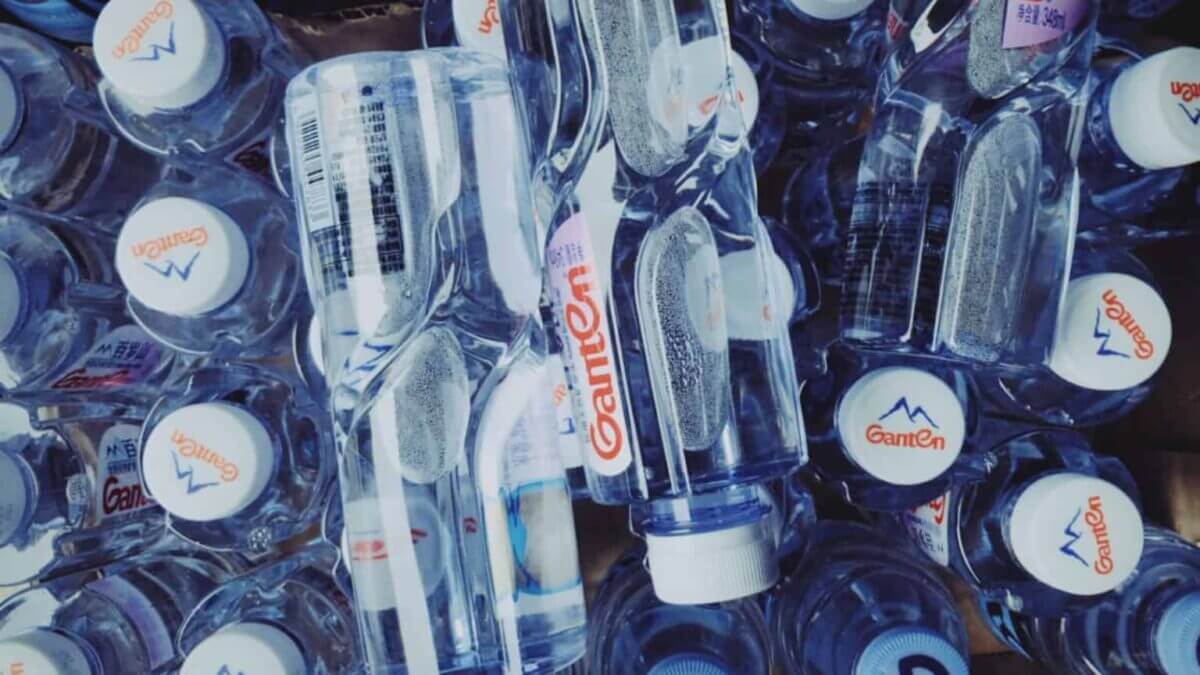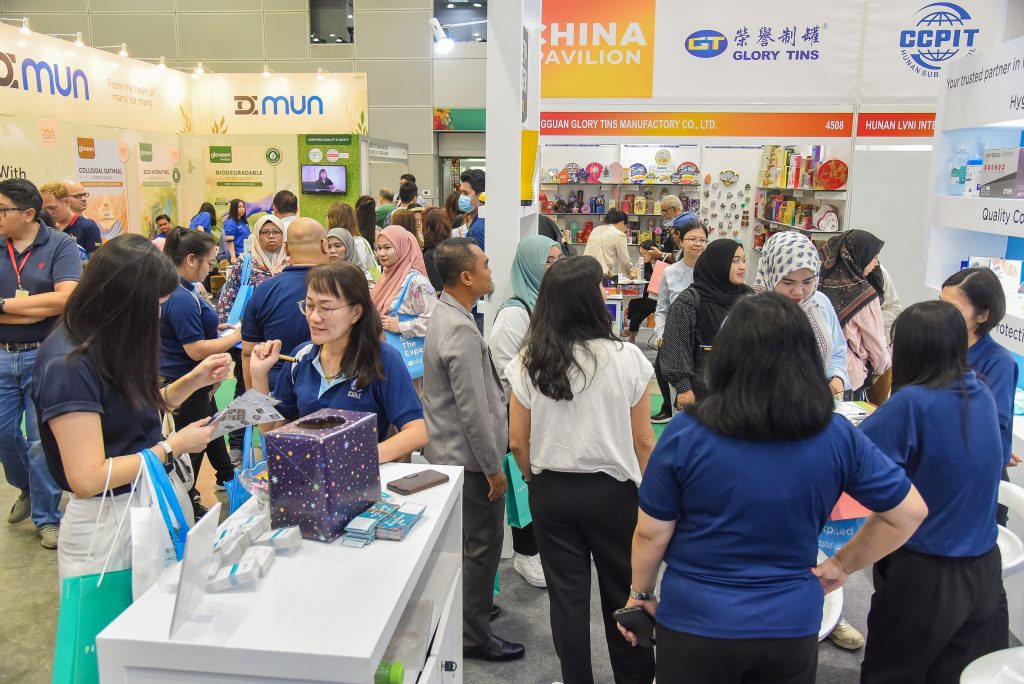It may be true that the world is slowly moving away from using plastic, especially the disposable kind but the petroleum-derivative is still needed to package foods.
The surprisingly versatile material is required to protect food from damage, extend their freshness, and ensure food hygiene and safety.There are 7 types of plastic that are safe for use for food and these can be identified based on their “Resin Identification Code”.If you have looked at the bottom of your plastic containers (or even the sides of the top), you would have noticed a number between 1 to 7 inside a triangle. This is the Resin Identification Code, which is also known as the Recycling Number.Listed below is some information on the most common plastics used to package food products.Polyethylene terephthalate (PETE or PET)Resin ID: 1This type of plastic is commonly used for soft drinks, sports drinks, sauce bottles, single-serve serving dishes, vegetable oil bottles, and peanut butter jars. This lightweight plastic is made to be semi-rigid or rigid which makes it more impact resistant and helps protect food or liquids inside the packaging.High-density polyethylene (HDPE)Resin ID: 2This material is more popularly used for liquid items such as juice and milk bottles. HDPE is also used for grocery bags. Still recyclable, the hard and opaque material is stronger than PETE and can withstand the weight from a gallon(3.8l) of liquid.Polyvinyl chloride (PVC)Resin ID: 3This common type of plastic is biologically and chemically resistant and contains the element chlorine (hence, its name). You can find PVC in tamper-resistant over-the-counter medications, as well as shrink wrap. It is also used in blister packagings (packaging that has a plastic cavity or pocket) such as in packaging for breath mints or chewing gum.Low-density polyethylene (LDPE)Resin ID: 4LDPE has very high heat resilience and most often used in food packaging to make coffee can lids, bread bags, as well as fruit and vegetable packaging that you find in the supermarkets.Polypropylene (PP)Resin ID: 5PP is still stiff but a lot less brittle than most plastics. It also has more aesthetic appeal as it can be translucent, opaque or a different color when it is manufactured. This plastic has a very high melting point and is particularly suitable for food packaging products that are used in microwaves or dishwashers safe. In the food industry, PP is used to make containers for yoghurt, cream cheese, and sour cream containers.Polystyrene (PS)Resin ID: 6This was once a common form of plastic packaging that has now been banned from most places. The colourless, hard plastic can be shaped into foam or cast into molds to give it shape like cutlery. It is most often used to make plastic cups, deli and bakery trays, fast food containers and lids, hot cups and egg cartons.OtherResin ID: 7It seems odd to deem a type of plastic as “Other” but this is the category for packaging made with a plastic resin other than the six types of resins listed above. Polycarbonate or the bioplastic polylactide (PLA) falls into this category. The same applies to products made with more than one plastic resin material. This type of plastic is commonly used to make the water jugs used for water coolers and some large citrus juice bottles. When it comes to cutlery, you can find #7 plastic is used in cups, plates and coffee cup lids.Join MYFOODTECH if you have products for food and beverage processing and packaging technology to showcase. Reserve a booth now before it is fully booked!



